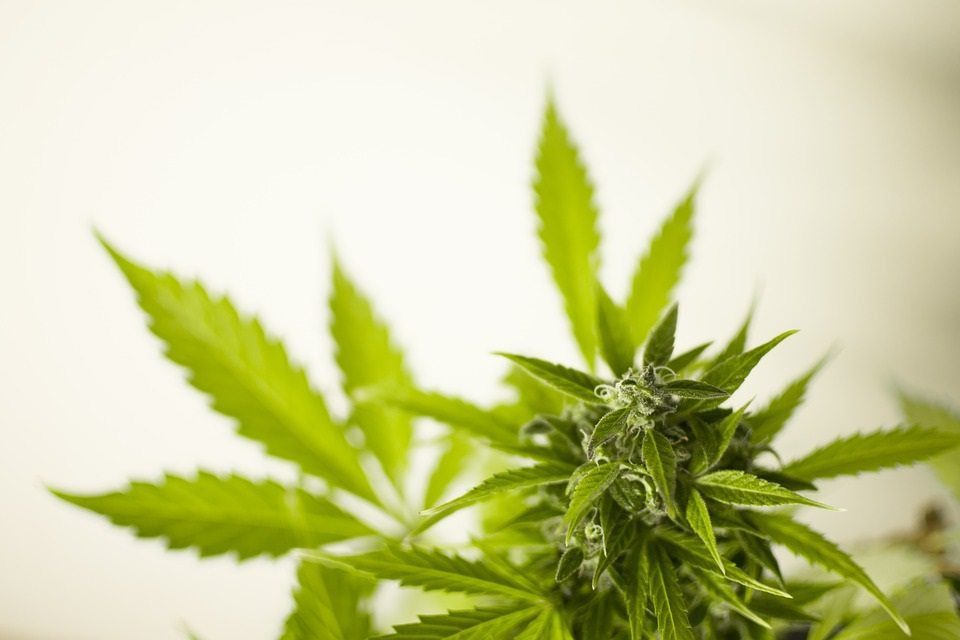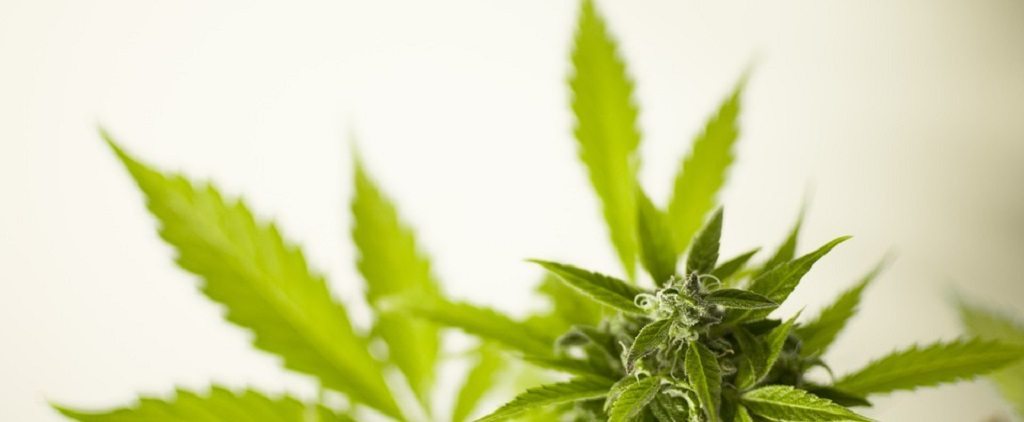[dropcap style=”font-size:100px; color:#992211;”]T[/dropcap]he horror, the horror! More weed users, or the same amount of weed users using more weed.
It’ll destroy our youth. Destroy, I tell thee! Damned stoner liberals and their government-regulated reefer stores.
Thankfully, Trebuchet is written from a sane country, where the dealings in this plant of malevolent evil are thoroughly prohibited.
Because illegal dealers would never sell to underage kids. Why, they might lose their license!
Oh.
What impact may legalization of recreational marijuana in Oregon have on teen marijuana use? Recent results from an Oregon Research Institute (ORI) study indicate that the influence of legalization on youth may depend on whether they were already using at the time of legalization. Following legalization of recreational marijuana, no significant changes in the numbers of youth who used marijuana occurred, yet increases in the frequency of use by youth who were already using marijuana were found. For teenagers who had tried marijuana by 8th grade, the frequency of use during the following year increased 26% more for those who were in 9th grade after marijuana was legalized compared to those who were in 9th grade prior to legalization. The research results are published online in Psychology of Addictive Behaviors.
“When making policy decisions about marijuana, it is important to consider how those policies can effect teenagers. Although legalization of recreational marijuana prohibits use in those under 21, changes in youth attitudes toward marijuana, age of initiation, and frequency of use may occur,” said Julie C. Rusby, Ph.D., principal investigator of the research.
When Oregon began legal sales of recreational marijuana in October 2015, Rusby and her team were perfectly positioned. Their study examining substance use among Oregon 8th and 9th graders was already underway and investigators were able to collect data about youth marijuana use before and after legalization. Additionally, Oregon allowed counties and cities to prohibit marijuana sales, so investigators examined the impact of community sales policy on teenagers’ use. Teenagers from 11 rural and suburban middle schools in seven Oregon school districts answered surveys about their marijuana use, attitudes towards marijuana, and willingness to use marijuana. Their parents answered questions about their own use of marijuana.

The association of legalization with changes in youth marijuana use varied by the sales policy of the community. Youth surveyed prior to legalization from communities that later prohibited sales were less likely to increase willingness and intent to try marijuana compared to those from communities that later allowed sales. Similarly, youth surveyed prior to legalization from communities prohibiting sales increased marijuana use at a lower rate by the spring of ninth grade compared with youth in communities with sales. Youth surveyed post-legalization from communities with marijuana sales had lower rates of marijuana use during spring of eighth grade and increased marijuana use almost twice as much by the spring of ninth grade compared with the other groups. There were no differences for legalization and community policy on parent report of their own use.
“In states that legalize recreational marijuana, study results point to the importance of preventing youth who use marijuana from escalating their use,” noted Rusby.
The results indicate there may be an immediate impact of legalization for youth who had already initiated marijuana use because they increased their use after legalization. This was true even in communities that prohibited recreational marijuana sales, indicating that community sales policies may not effectively reduce the frequency of use by teenagers. Research that follows up teenage marijuana use post-legalization for a longer period of time and in different locations could further contribute to inform marijuana policy. Prevention campaigns that educate youth of the risks of using marijuana while their brains are still developing, and building capacity and resources for parents to discuss marijuana with their adolescent children, may provide guidance as communities and states navigate the new landscape of legal recreational marijuana.
Source: Eurekalert/Oregon Research Institute
Image: Pixabay/Wild0ne

Some of the news that we find inspiring, diverting, wrong or so very right.




















